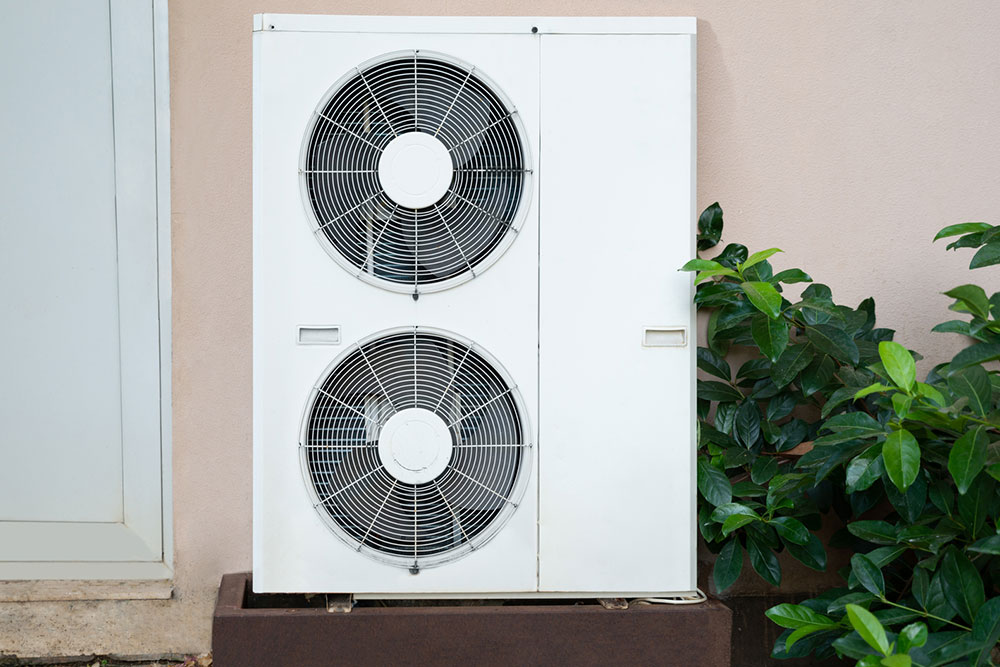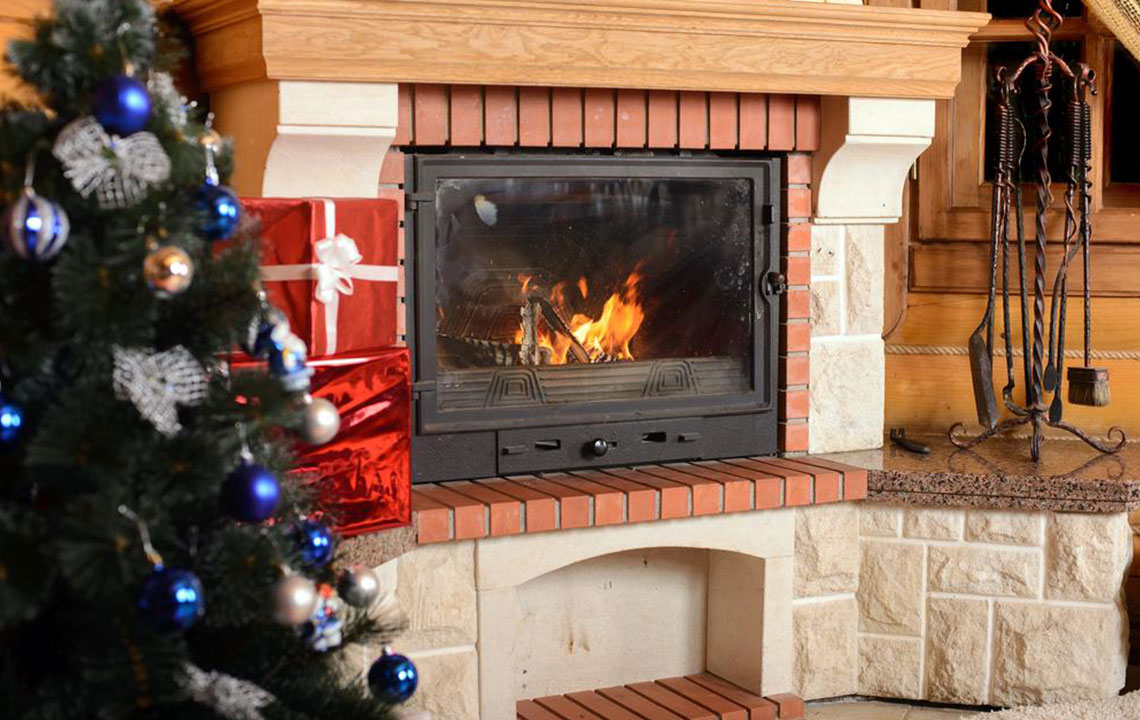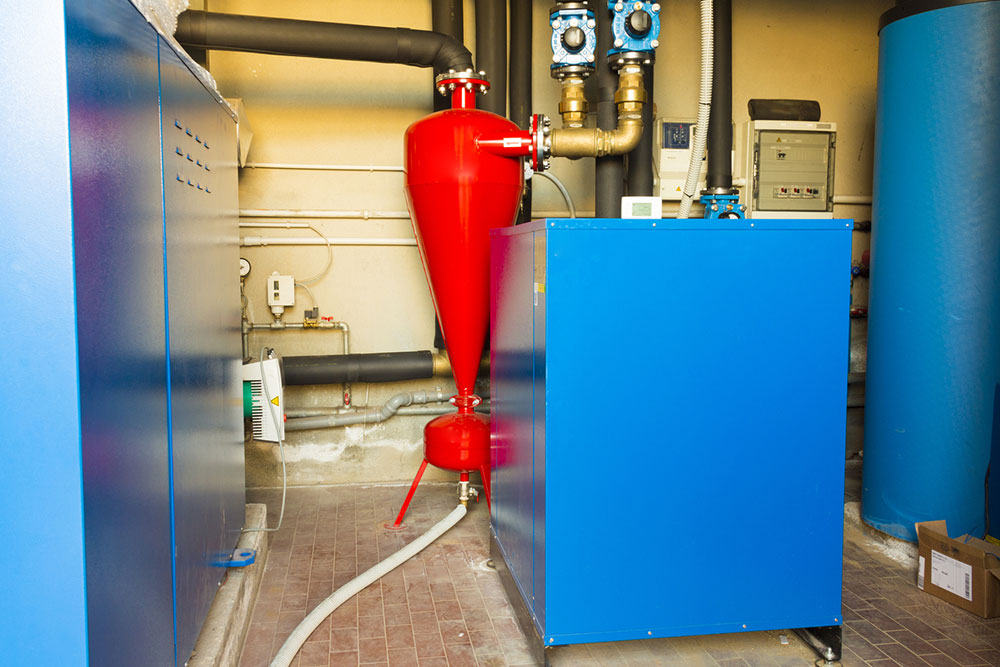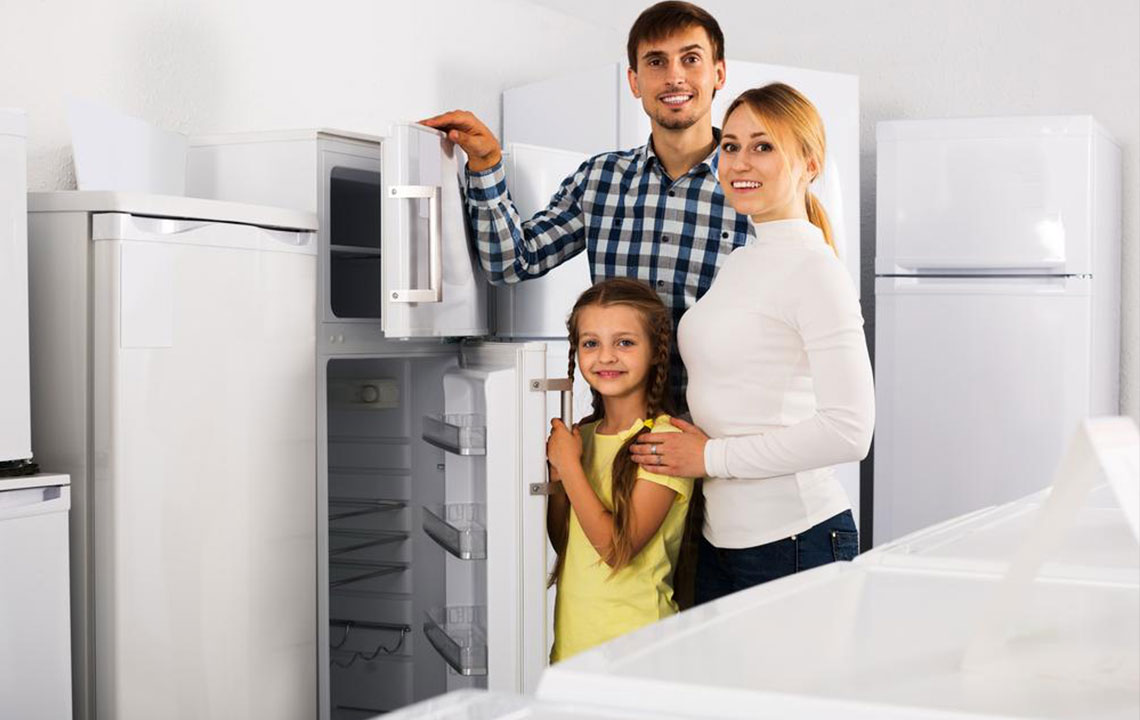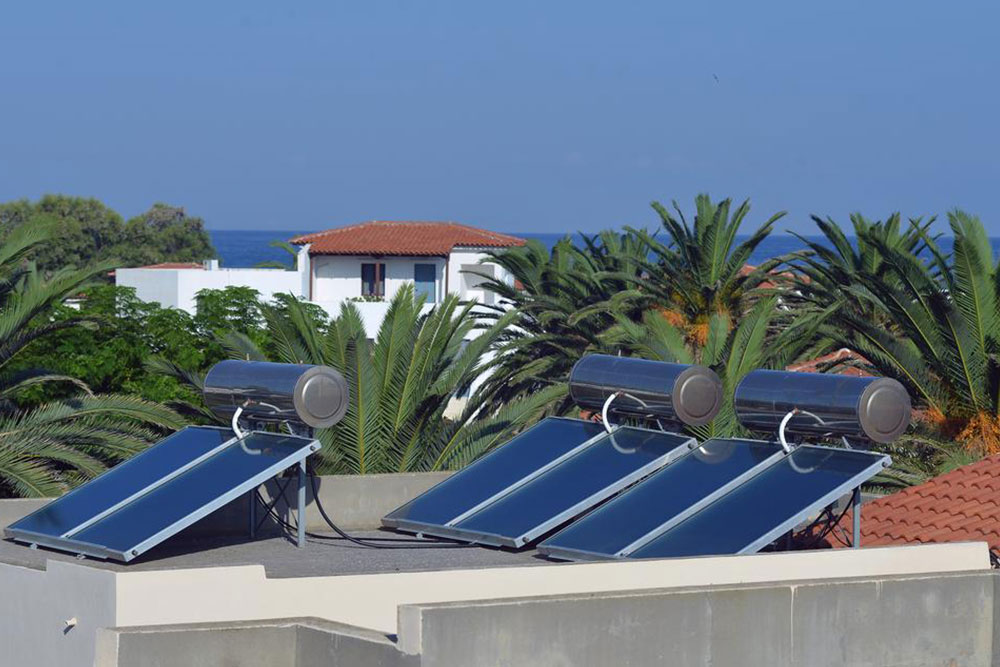Guide to Pricing and Selection of Ductless Air Conditioning Units
This comprehensive guide explores the costs, features, and types of ductless air conditioning systems, helping homeowners and businesses choose the right unit. It covers factors influencing pricing, installation costs, system types, pros, cons, and helpful tips for long-term savings and comfort improvements. An ideal resource for understanding budget considerations and selecting an efficient, zone-specific climate control solution tailored to your needs.
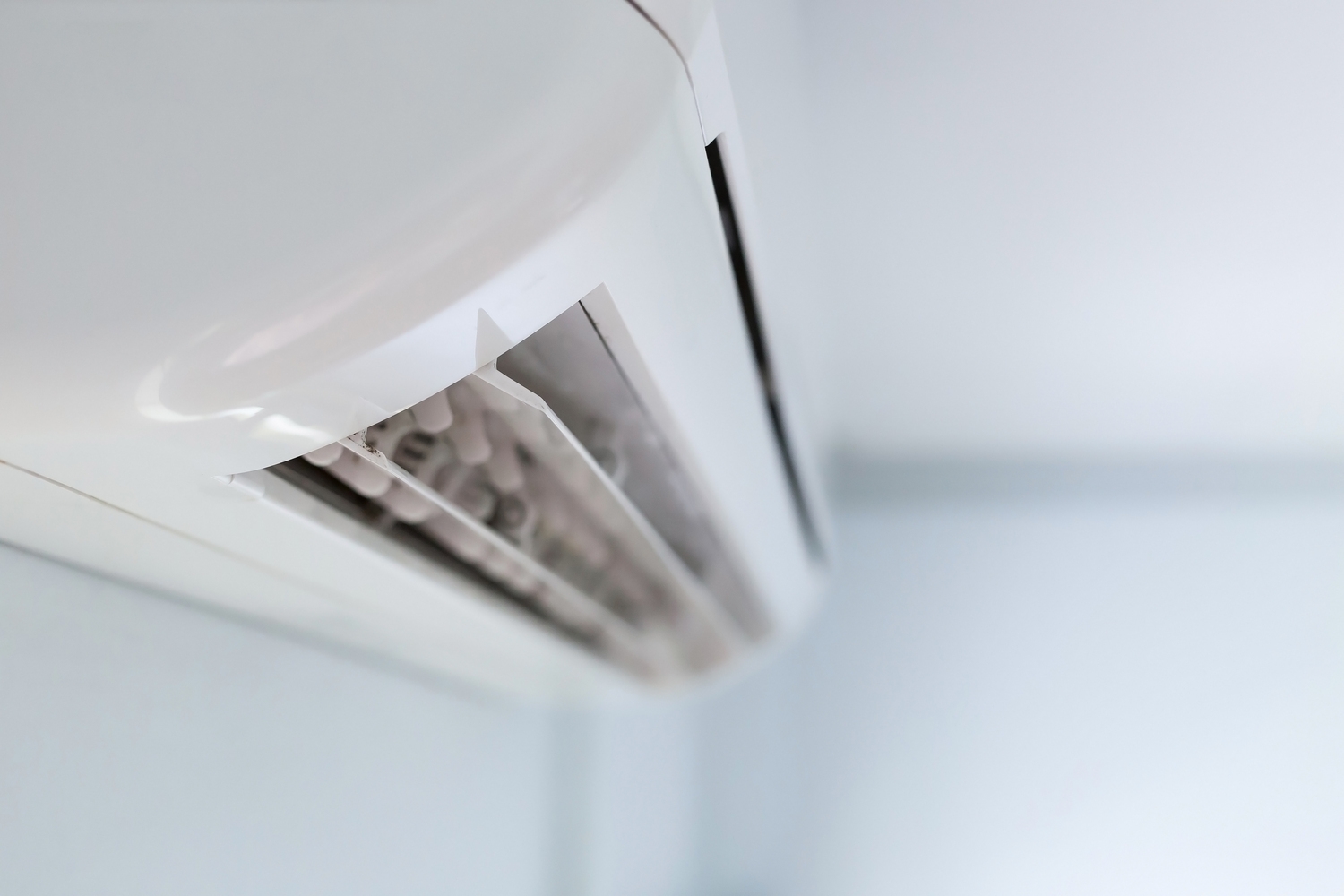
Guide to Pricing and Selection of Ductless Air Conditioning Units
As energy efficiency and personalized comfort become top priorities, ductless air conditioning systems—also called mini-splits—are increasingly popular. These units efficiently cool or heat spaces without ductwork, making them suitable for homes, offices, and compact areas. Price is a key consideration; this guide explains what affects ductless system costs, provides typical price ranges, and compares different models to assist your decision-making.
A ductless system comprises an outdoor compressor and one or more indoor air handlers.
Unlike traditional central AC, ductless units do not require extensive ductwork, making them ideal for spaces without existing ducts, room additions, or zones needing targeted climate control. They are favored for quiet operation, easy installation, and zone-specific temperature control.
Factors Influencing Ductless System Prices
Several aspects impact the overall cost of a ductless air conditioner. Being aware of these factors can help you pick a system that balances performance and budget.
System Size
The capacity of the system, based on the space’s size, largely determines the price. Larger systems designed for bigger areas tend to cost more than those suited for single rooms. Proper sizing ensures efficiency and comfort.
Brand Reputation
Premium brands such as Mitsubishi, Daikin, and Fujitsu tend to have higher prices owing to reliability and features. Budget brands may lower initial costs but could differ in quality and warranty coverage.
Energy Efficiency Ratings
Models with high SEER ratings cost more upfront but can save money long-term through reduced energy use. Higher efficiency units deliver better performance and lower utility bills.
Installation Expenses
Installation costs vary depending on complexity, the number of indoor units, and location. Professional setup typically ranges from $1,000 to over $3,000, significantly affecting total expenditure.
Additional Features
Advanced options like Wi-Fi connectivity, air purification, dehumidification, and smart controls increase overall price but add convenience and savings.
System Configuration
Single-zone systems are cheaper and suitable for one room, whereas multi-zone systems support multiple rooms with independent controls, affecting cost accordingly.
Typical Price Ranges
Prices vary based on size, brand, features, and installation. Here are general estimates:
| System Type | Unit Cost | Installation | Overall Price |
| Single-Zone | $700 – $2,500 | $1,000 – $2,500 | $1,700 – $5,000 |
| Multi-Zone | $1,500 – $6,000 | $2,000 – $5,000 | $3,500 – $11,000 |
| High-Efficiency | $1,500 – $5,000 | $1,500 – $3,000 | $3,000 – $8,000 |
| Mini-Split | $600 – $1,800 | $800 – $2,000 | $1,400 – $3,800 |
Note: Prices are approximate and can vary depending on location, brand choices, and installation complexity.
Types of Ductless AC Units
Single-Zone Systems
Designed for a single space or room, these systems typically include one indoor and one outdoor unit, ideal for small homes, apartments, or specific zones needing climate control.
Multi-Zone Systems
Support multiple rooms with independent controls, suitable for larger homes or offices. They allow tailored comfort across different zones from a single outdoor compressor.
High-Efficiency Units
Focus on maximizing energy savings while maintaining performance. Though costlier initially, they reduce long-term utility bills.
Mini-Split Systems
Compact and energy-efficient, perfect for smaller spaces or areas with limited room for larger units.
Advantages and Disadvantages of Ductless Systems
Pros:
Energy-efficient compared to traditional systems
Operate quietly
Flexible zoning and personalized controls
No ductwork needed, simplifying installation
Customized comfort per zone
Cons:
Higher initial purchase price
Professional installation required
Indoor units may affect aesthetics, mounted on walls or ceilings
Maintenance costs are generally lower but still present
Ductless units offer a versatile, energy-efficient cooling and heating option tailored to various budgets and needs. Properly considering size, efficiency, installation costs, and zoning will help ensure you choose the best system for your space and budget, delivering savings and comfort in the long run.
For more insights, visit:

